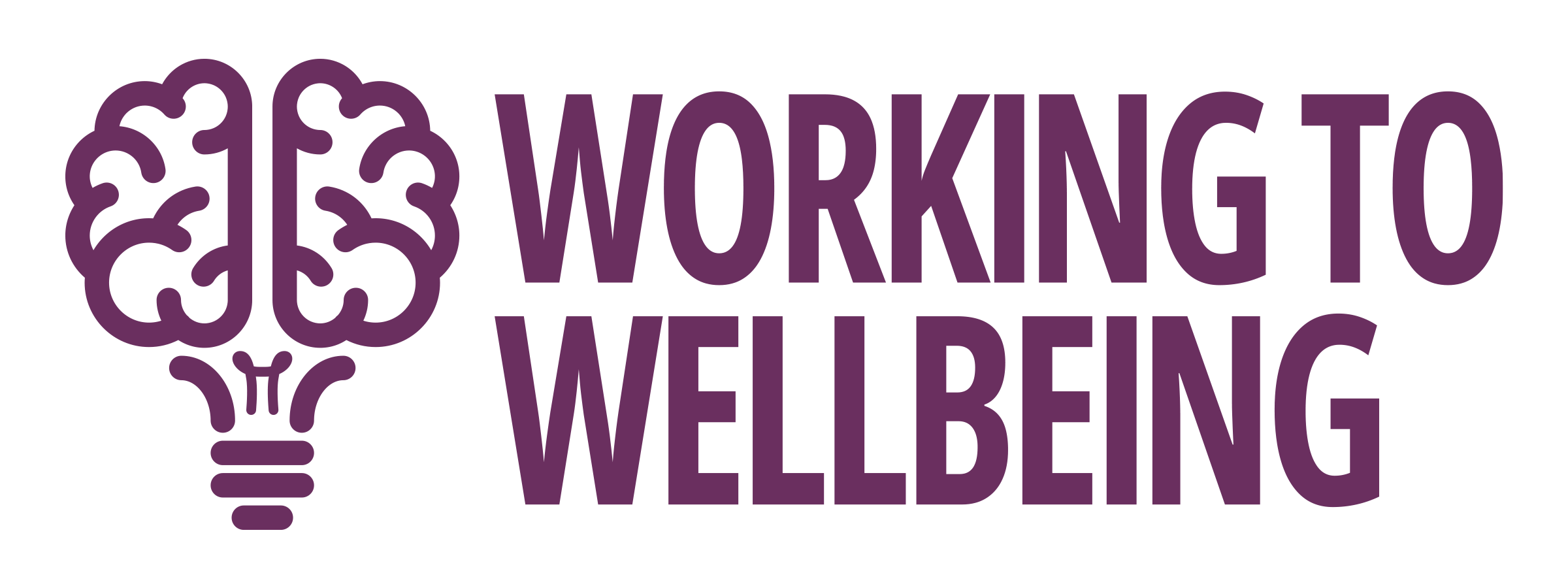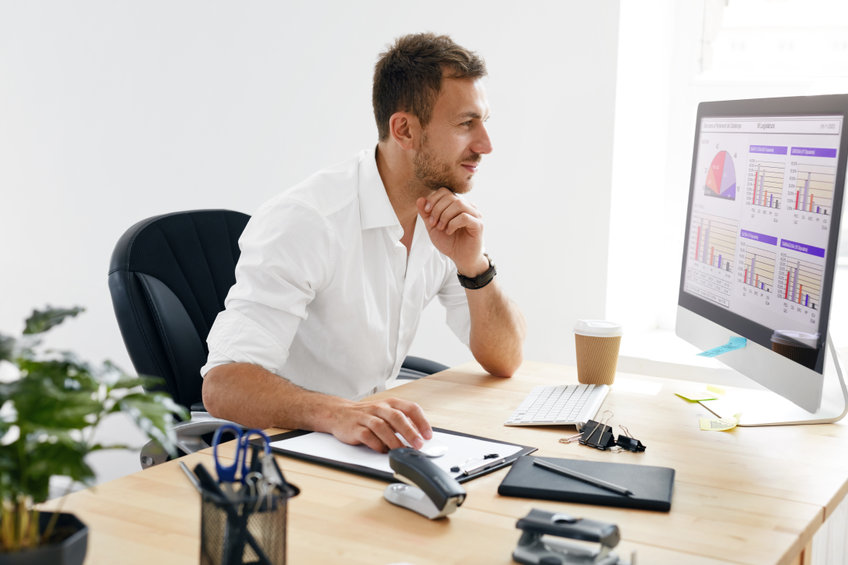The power of posture and how it can make us feel
By Julia Hudson – Occupational Therapist at Working To Wellbeing.
At W2W, we join the dots between the physical and mental health and work to understand what can help improve our health and wellbeing. With this in mind, alongside our guided mindfulness webinar series for stress awareness week, we wanted to share with you how our posture can play a part in how we feel.
What would you say if we told you that if you’re sitting with a slumped posture, that it might impact on your mental state?
We all know that emotions can show themselves on our faces and the way we position our bodies. Some postures are clearly seen, like the joy and pride an athlete displays with the victory pose or fear hiding behind a cushion at a horror movie. At times of stress, our muscles tense up, and our body closes in, bringing the head down and arms close to the body. But did you know that the connection between our posture and our emotions is a two-way street? If we change our posture, we can influence our thoughts and feelings.
Research has shown that your feelings and thoughts will change to match your body. Opening up our posture and holding it for 2 minutes can help with stress. Evidence has shown that a stooped posture with head down may activate negative mood and thoughts, whereas an open posture with your face tilted up may encourage positive thoughts and feelings.
How can you apply this thinking to our every day? The next time you’re feeling stressed, or even anytime you have a spare two minutes, think about the five points below.
- You notice you’re feeling stressed.
- If you can, try to step away from the current situation.
- Do a quick body scan and be aware of how you are holding yourself. Are there any parts of your body that are more tense than usual?
- Hold your head up, eyes forward, shoulders down, straighten your back, relax your arms and open your hands.
- Give yourself a couple of minutes
I’d highly recommend watching this Ted Talk by Amy Cuddy of Harvard Business School. In this presentation, she explains the link between confidence and posture in the workplace so clearly. Some fascinating results came from a study into high power and low power poses and the physiological effect on certain hormonal changes. High power poses are arms behind head, hands-on-hips etc. Low power poses are where you make yourself small with your body hunched, arms folded etc. From a baseline level, people who adopted high power poses for two minutes saw an increase in testosterone (dominance hormone) and a decrease in cortisol (the hormone that makes us feel stressed) and vice versa for low power poses.
We’re not saying that sitting up straight alone will stop you from feeling stressed, but we do think that every little positive thought and action helps. So, the next time you feel stress taking hold, press the pause button and think about the five steps.



